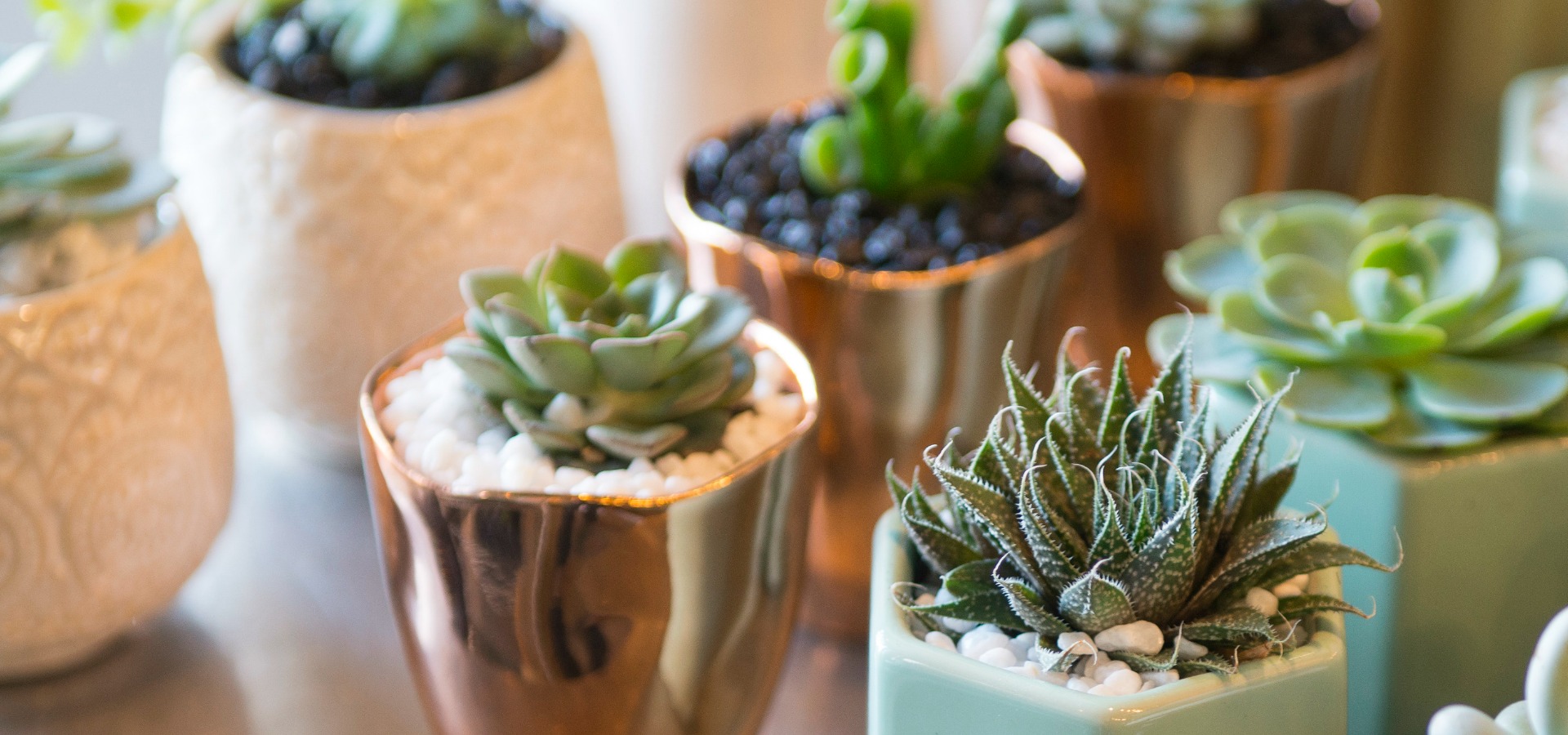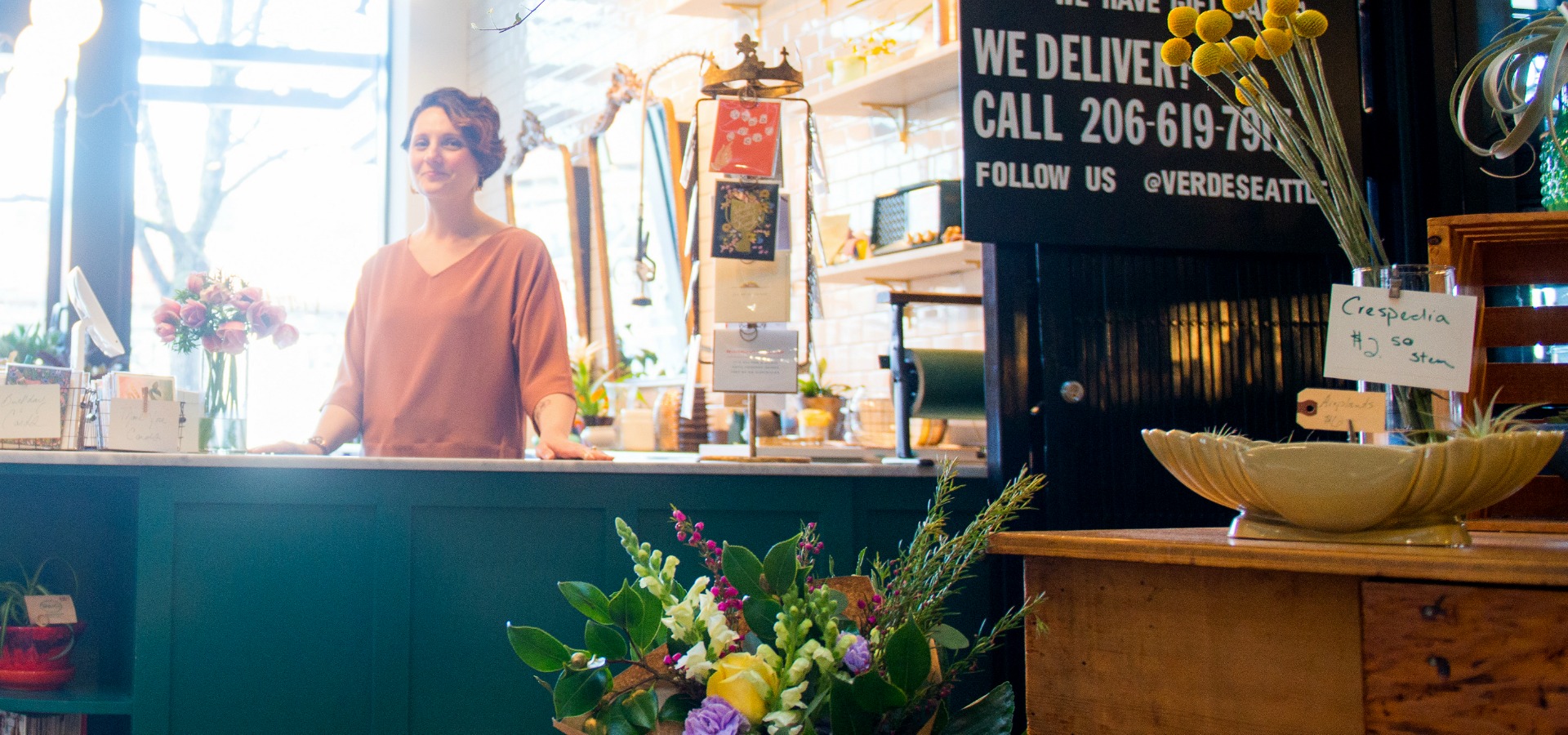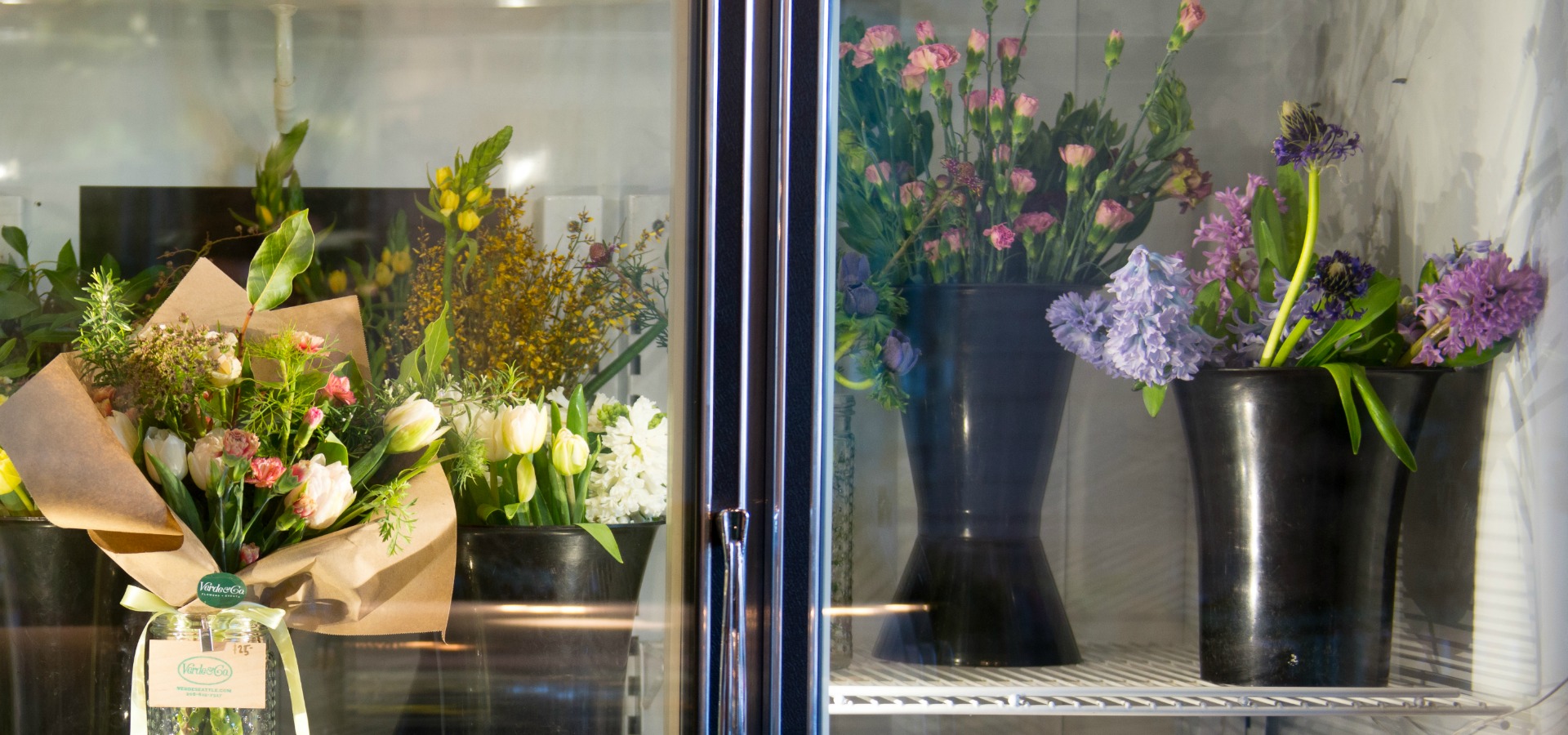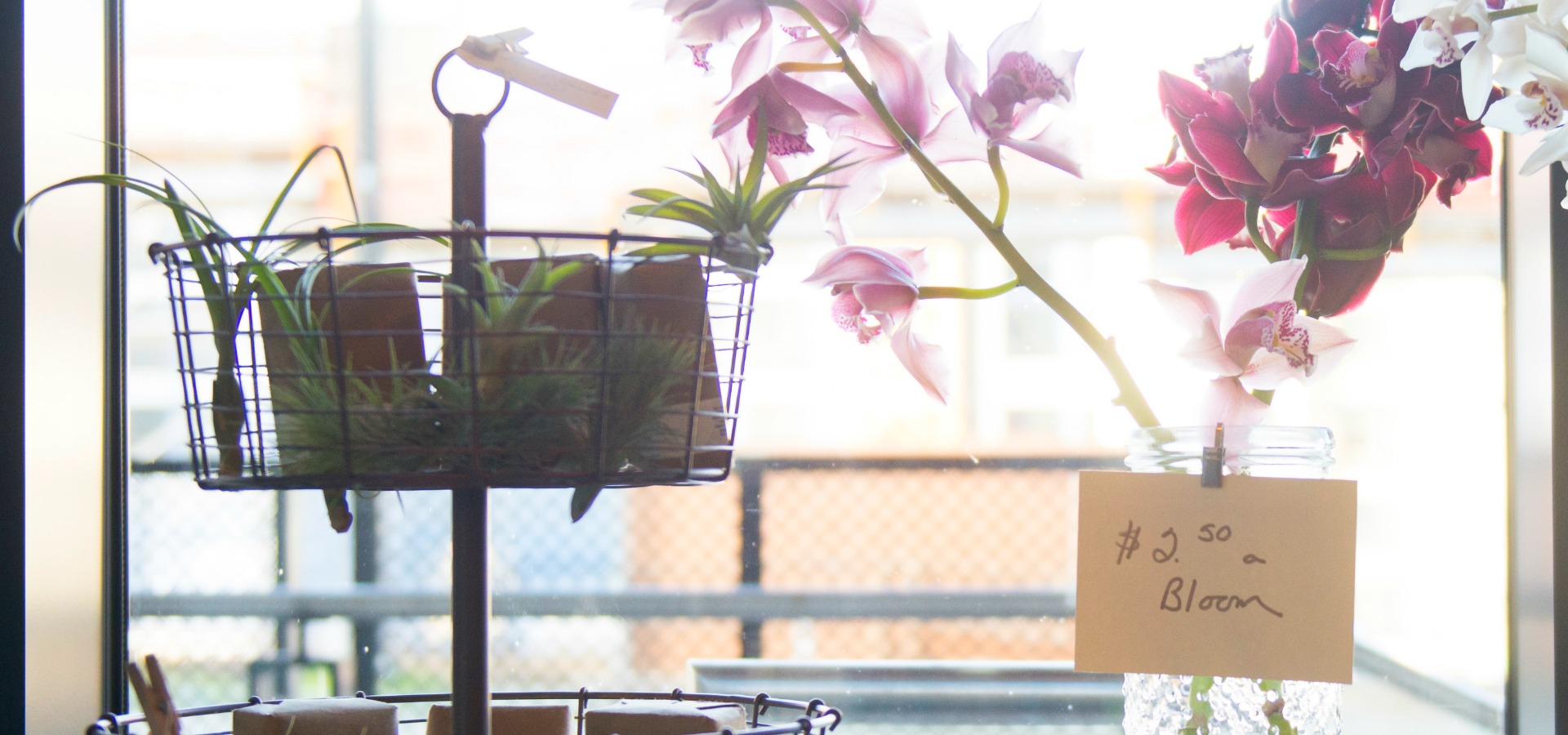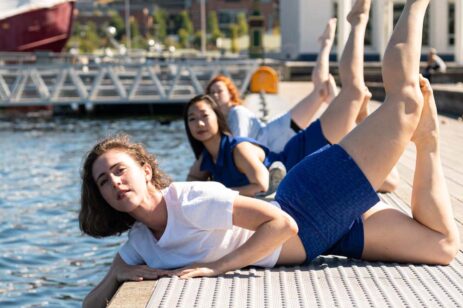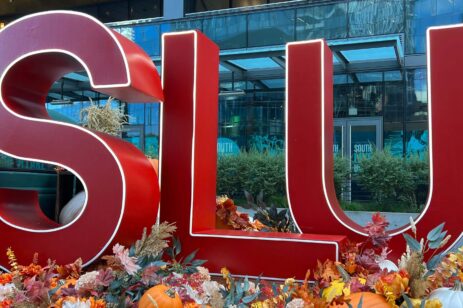In a shop filled with stunning arrangements in charming vases and a host of charming succulents, Verde & Co.’s Meridith Isaacson talks blooms, bouquets, and ballet.
How did you first find your passion for floral design and get started in the industry?
I moved here in 2007 and I decided that I wanted to get back to my creative roots. I’m a classically trained ballet dancer, and I really wanted to work with my hands and on my feet, and I had a real passion for color. I took a couple of floral design classes and they felt really natural and good. But it also felt like I was doing everything wrong at the same time, because you know the dancer is a perfectionist! I really tried to control everything and make sure it all looked perfect. That’s actually something about being in flowers that’s been incredible for me—it allows me to let go and be a little messy. So I connected to it, began to work in the industry, and it just kind of grew from there.
What is special about being in the Northwest as a florist?
Everything here is so lush: like the hellebores, tulips, and greens. When I first moved out here one of the first things that stood out to me was how everyone has their own garden! I’ve been starting to go through the neighborhoods, just driving around and looking at all these lovely gardens. They’re often not cookie-cutter, and I think it translates from the culture. It’s kind of like, do what feels good to you.

